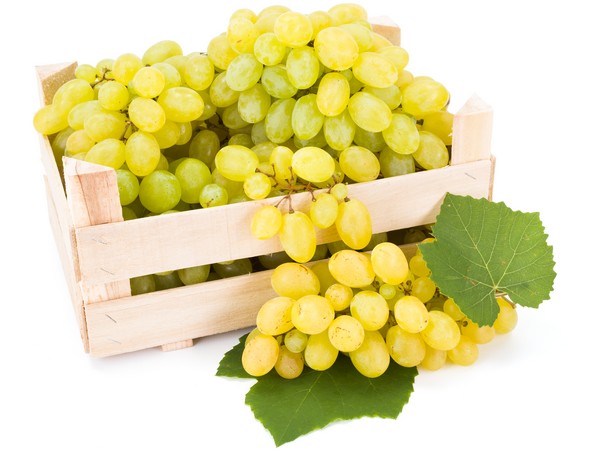Table grape market gets ready to transition from California to imports
November 15, 2019The California table grape season is coming to an end, and it looks like the season will end earlier than usual this year. The market is not yet transitioning from domestic to imported product, but the transition will begin soon. This year, Brazil is looking to reenter the U.S. markets with their grapes after having had multiple years of bad results.
Ira Greenstein of Direct Source Marketing comments: “With a focus on buying the best quality fruit available, retailers will be keeping a close eye on California shipments through Thanksgiving. Brazilian growers are hoping to step back into the market and catch a window if California has an early exit. The Brazilians are sending proprietary green seedless grapes into the U.S. every week. For the domestic California fruit, both red and green storage numbers are off, as marketers have done an excellent job keeping fresh packed fruit moving through the system.”
Red and black seedless pricing expected to rise
The fresh supplies of the red seedless varieties are dwindling, and the USDA Cold Storage Report shows that there are 1.8 million boxes of Scarlets and 5.4 million boxes of other red seedless varieties left in storage. The black seedless has been moving well with fair to good conditions.
“Pricing on good quality Scarlet Royal currently range from $13.95-$14.95 on medium/large, $14.95-$15.95 on large and $15.95-$17.95 on x-large. Some marketers are trying to fetch $1-$2 more for other red varieties like Scarlotta and Alison.” Greenstein remarks. Overall, the pricing for both the red and black seedless are expected to remain at level through Thanksgiving, and spike after the holiday into December.

Good quality hard to find on green seedless
The wet spring has created issues for the green seedless crop this year, and the quality is not what it was last year. The majority of the fruit is now being shipped from storage, rather than fresh. The organic season for the green seedless varieties has ended, and the Peruvian product won’t begin entering the market until December. Greenstein observes: “Overall organic from Peru is increasing each year but we won’t see enough fruit to meet the industry’s demand for another two years.”
Greenstein concludes: “Retailers will be hard-pressed to find high quality lots through December. Sunworld Autumn Crisp has fared much better and is fetching a premium compared to other green seedless.” There are good volumes of Peruvian green seedless currently on the water as well as Brazilian fruit arriving weekly. We can expect better quality when more mature lots start arriving in December.”
By Fresh Plaza

